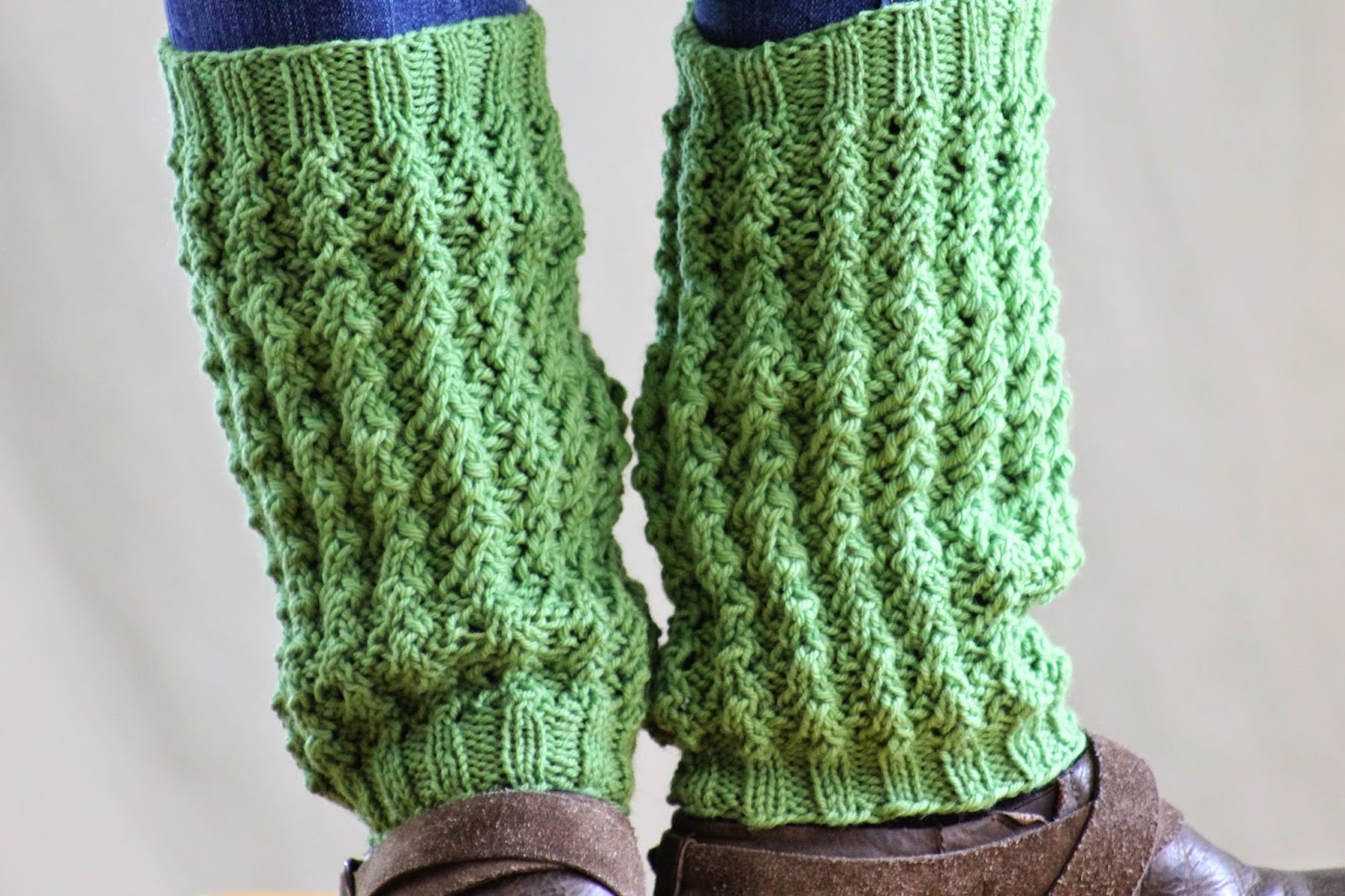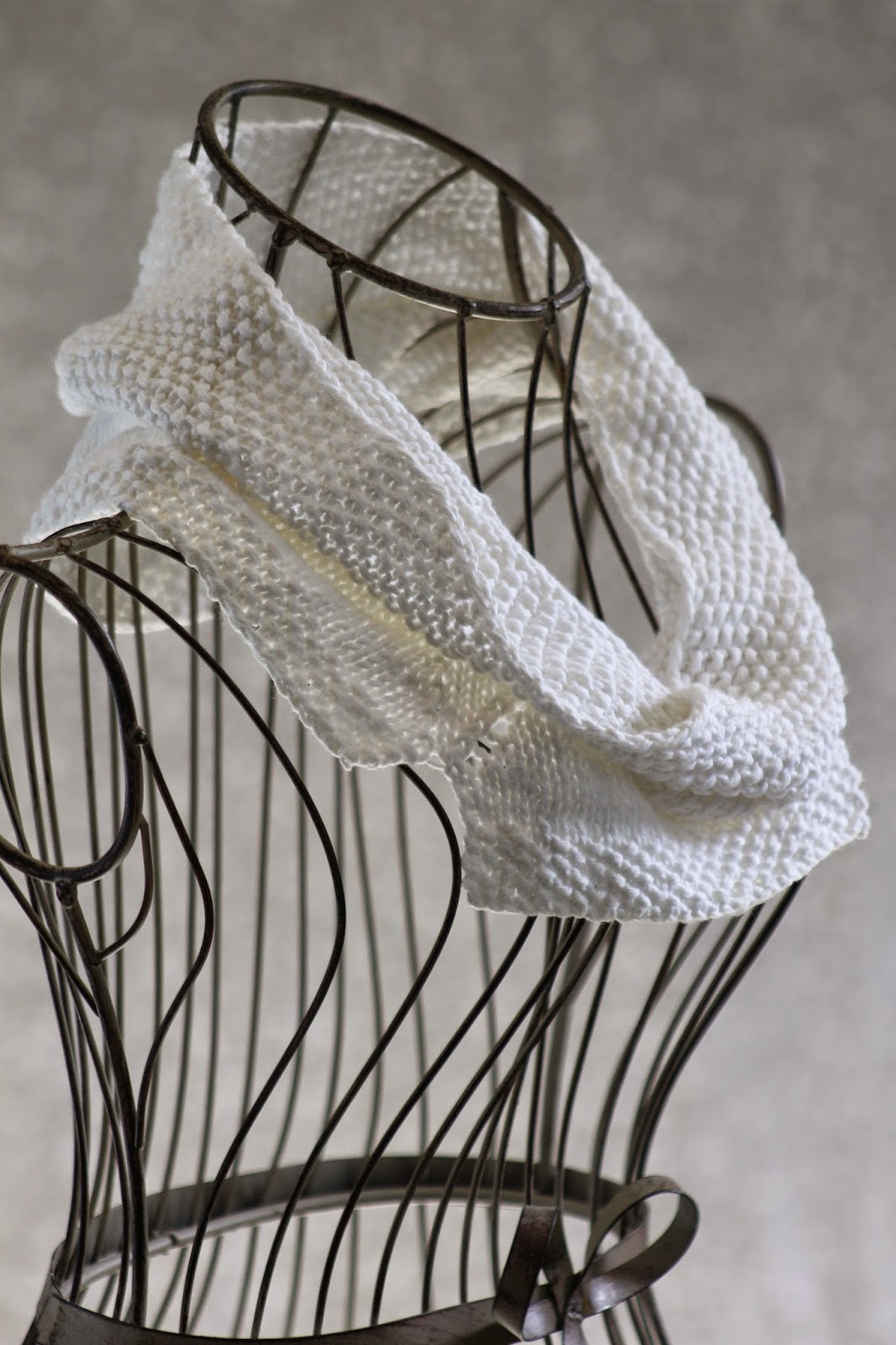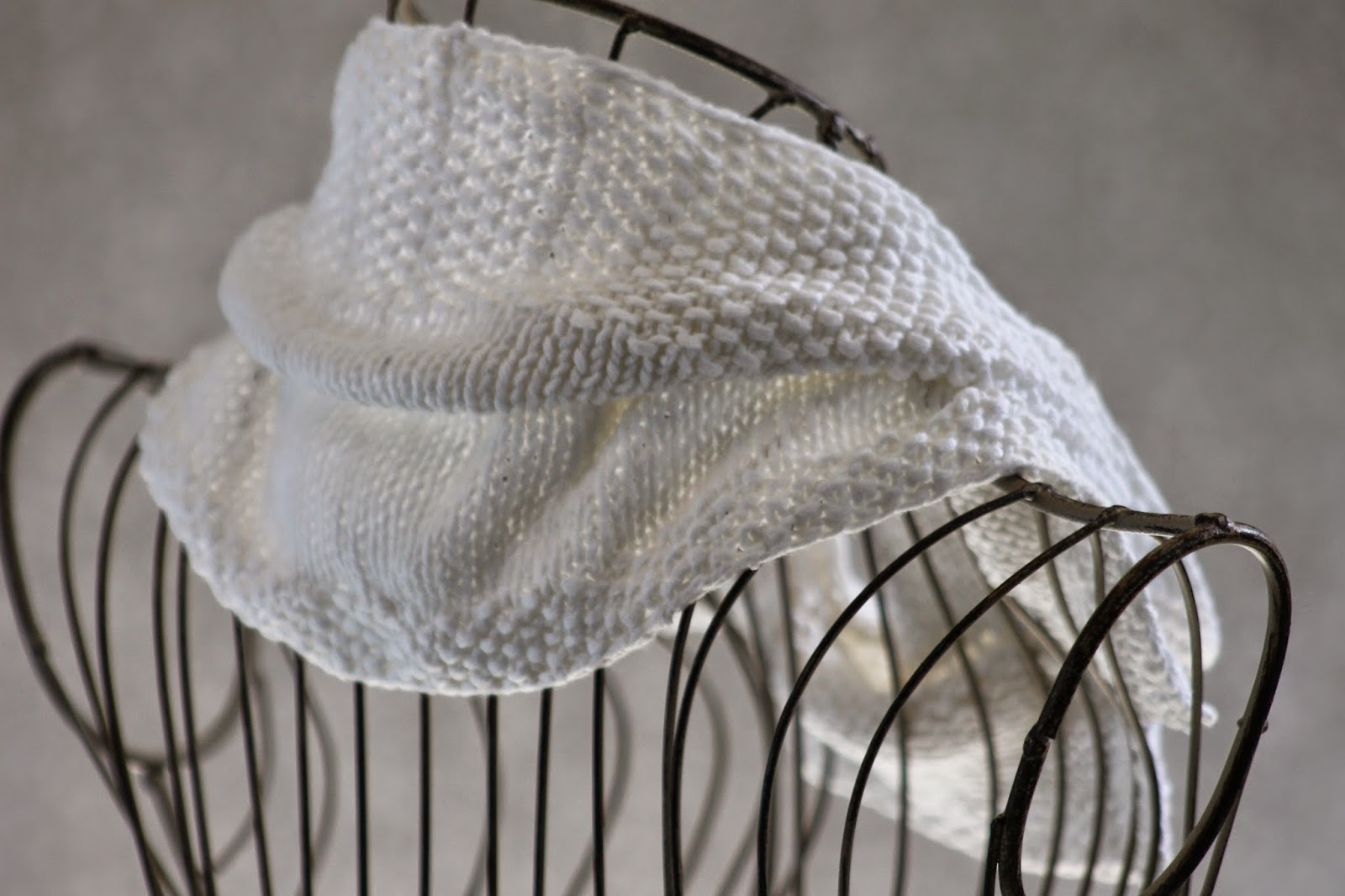 |
| Gradated Rib Leg Warmers |
I had the idea for these leg warmers ages ago, and then got distracted by too many other projects to make them happen. Since I had already bought the yarn, however, I finally got to them this last week. And what sets these guys apart is that they actually use two different weights of yarn, as well as a number of different needle sizes, in order to create a small-to-large-to-small-again gradated look. Of course, you could just as easily knit them with a single weight of yarn, with or without the needle size changes (well, you'd definitely want to change needle sizes for the ribbing, but skip the changes for everything else). This pattern is also easy to size, as long as you add or subtract a multiple of four. As written, the pattern is sized to be about 12" around at the top and bottom, and each four stitches added or subtracted will change the size by about 3/4".
Yarn: Cascade Yarns 220 Superwash (100% Superwash Wool; 220 yards [200 meters]/100 grams); #802 Green Apple - one skein (size A), Cascade Yarns 220 Superwash Aran (100% Superwash Merino Wool; 150 yards [137.5 meters]/100 grams); #802 Green Apple - one skein (size B)
 |
| A close up. This pattern uses eyelets and twisted stitches for a very deep ribbing. |
Gauge: 20 stitches = 4 inches on size 7 needles for size A yarn, 18 stitches = 4 inches on size 8 needles for size B yarn
So let's get started! First, using your size 5 needles and your size A yarn, cast on 60 stitches (or 56, or 64, or whatever multiple of four you need to get the size you want) and distribute evenly between 3 dpns (just make sure you have a multiple of four stitches on each needle). Join in round. Then, we'll work the following ribbing row:
Ribbing Row: * p1, k2, p1; rep from *






